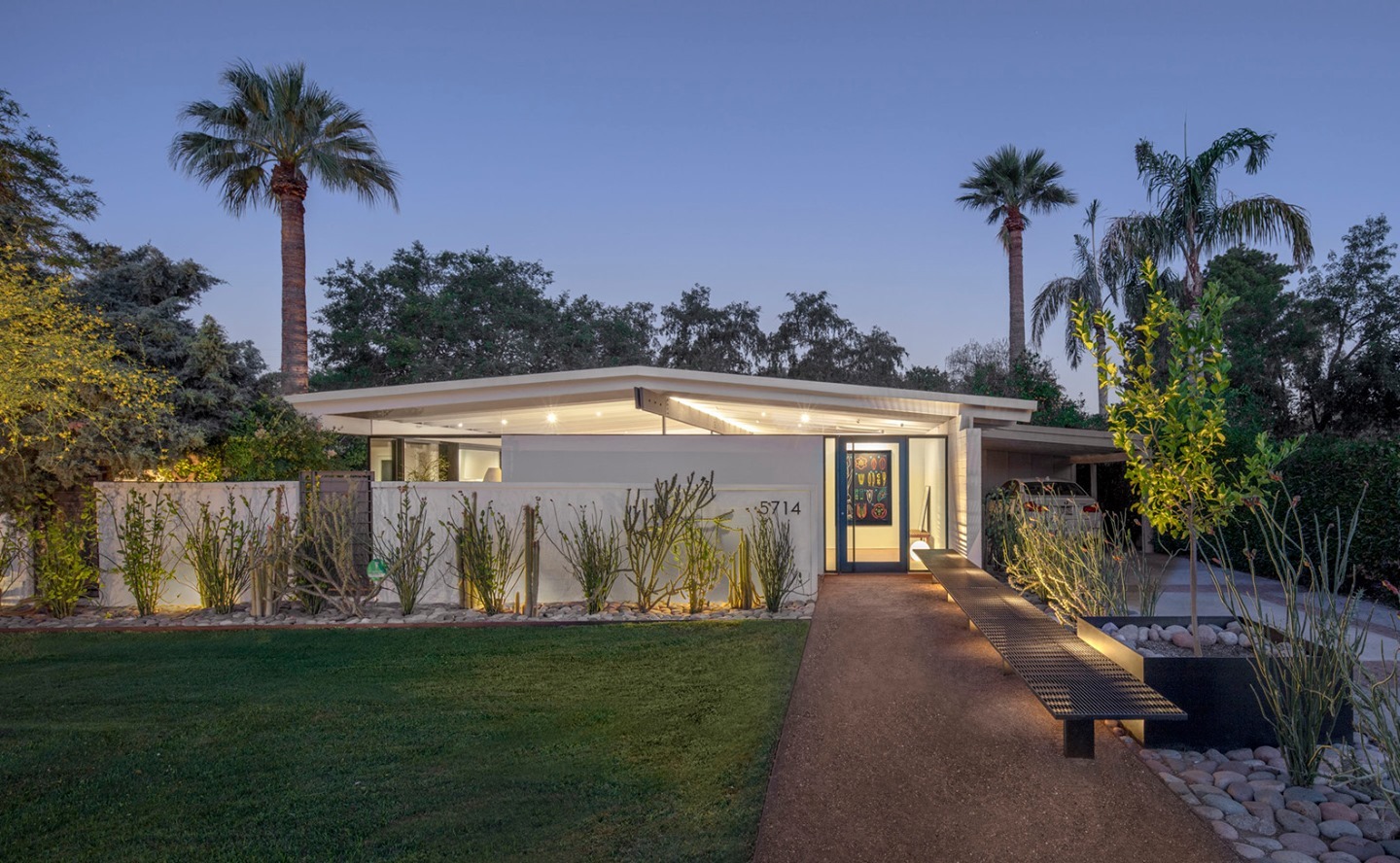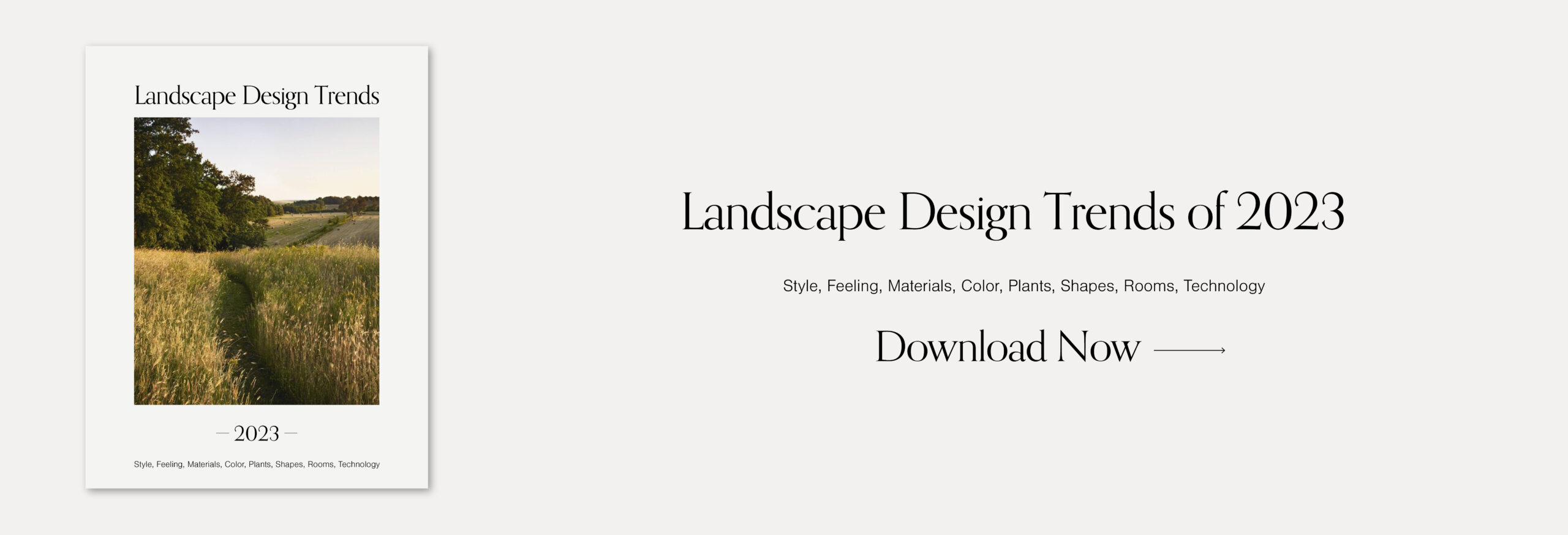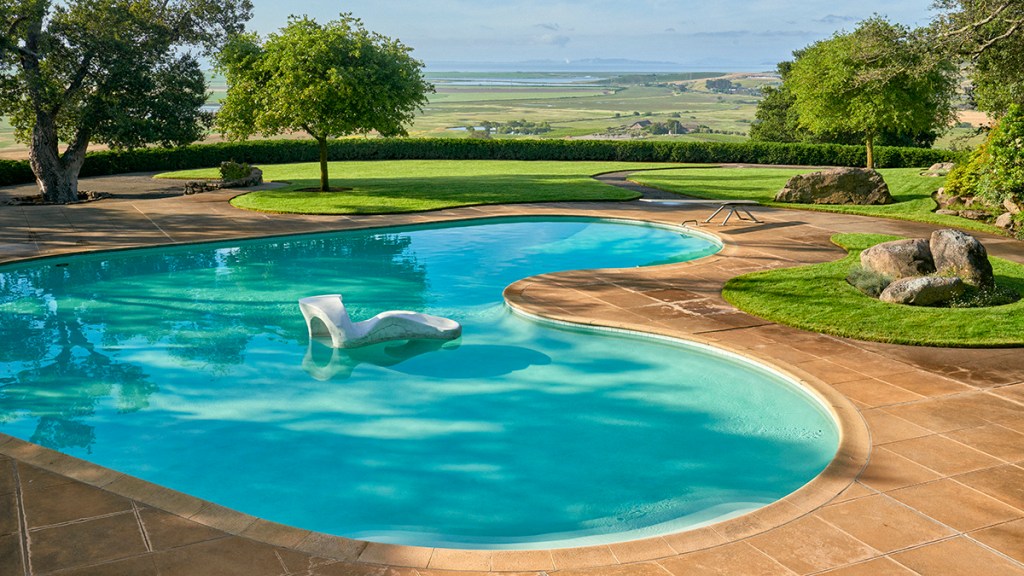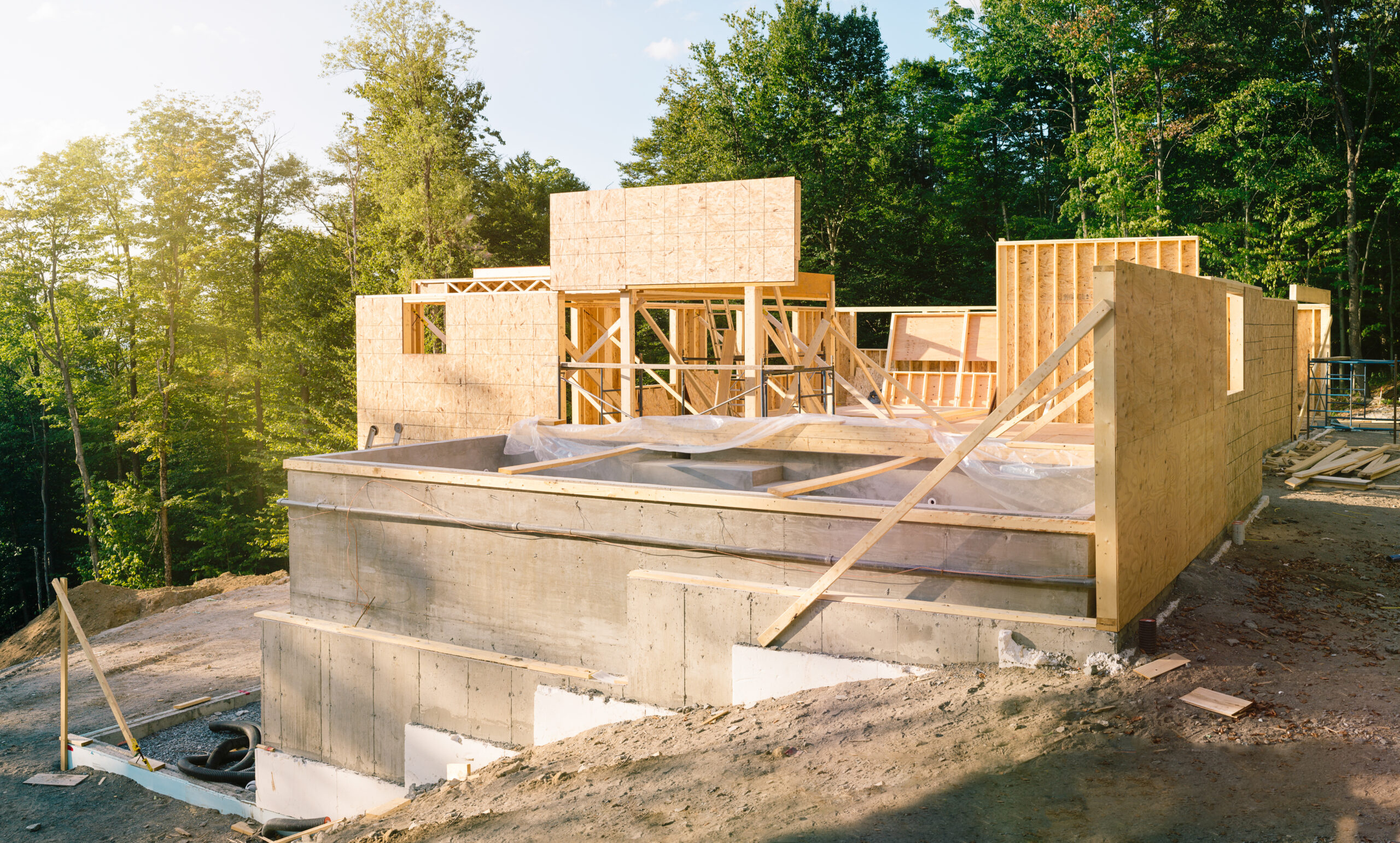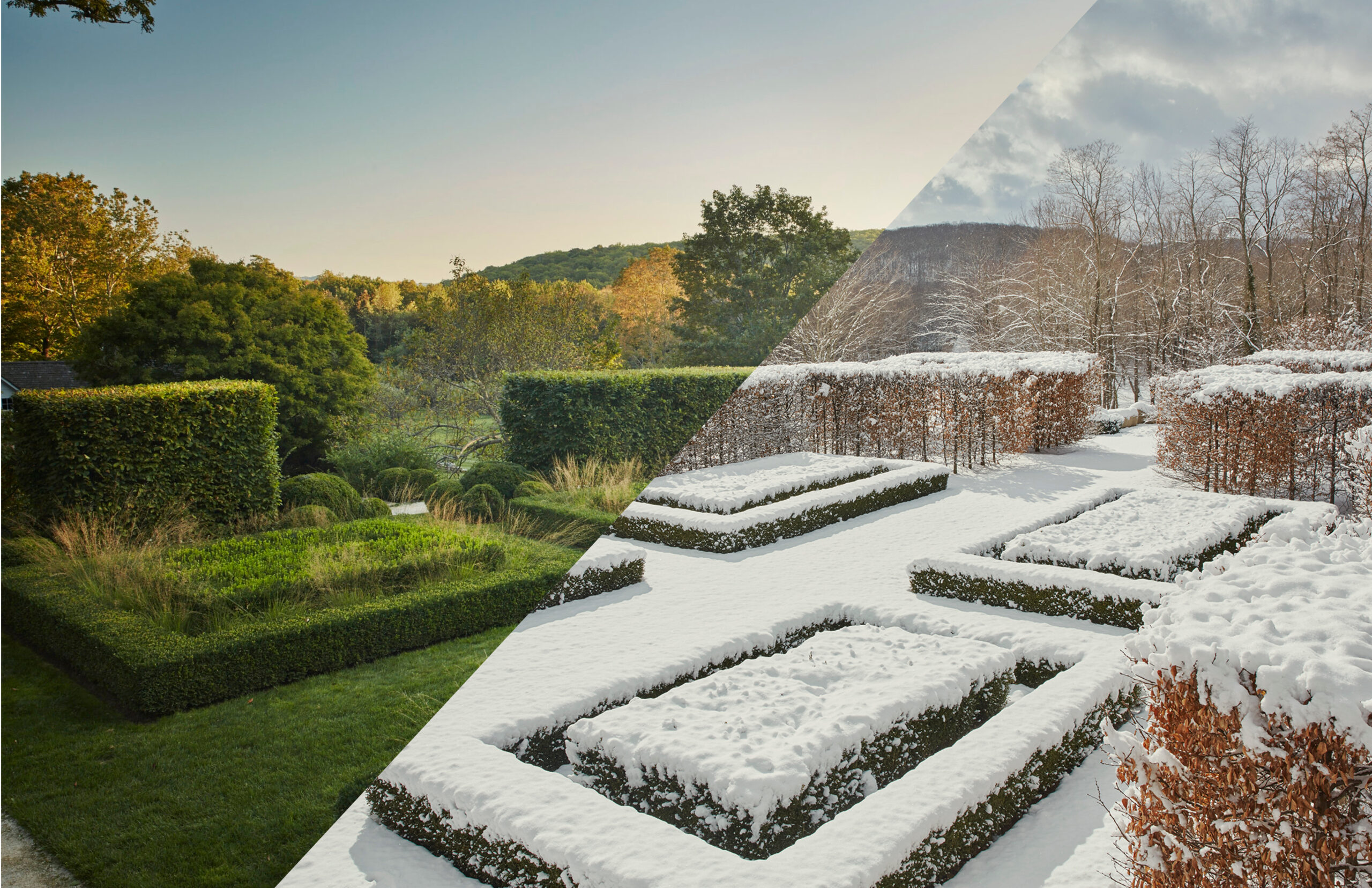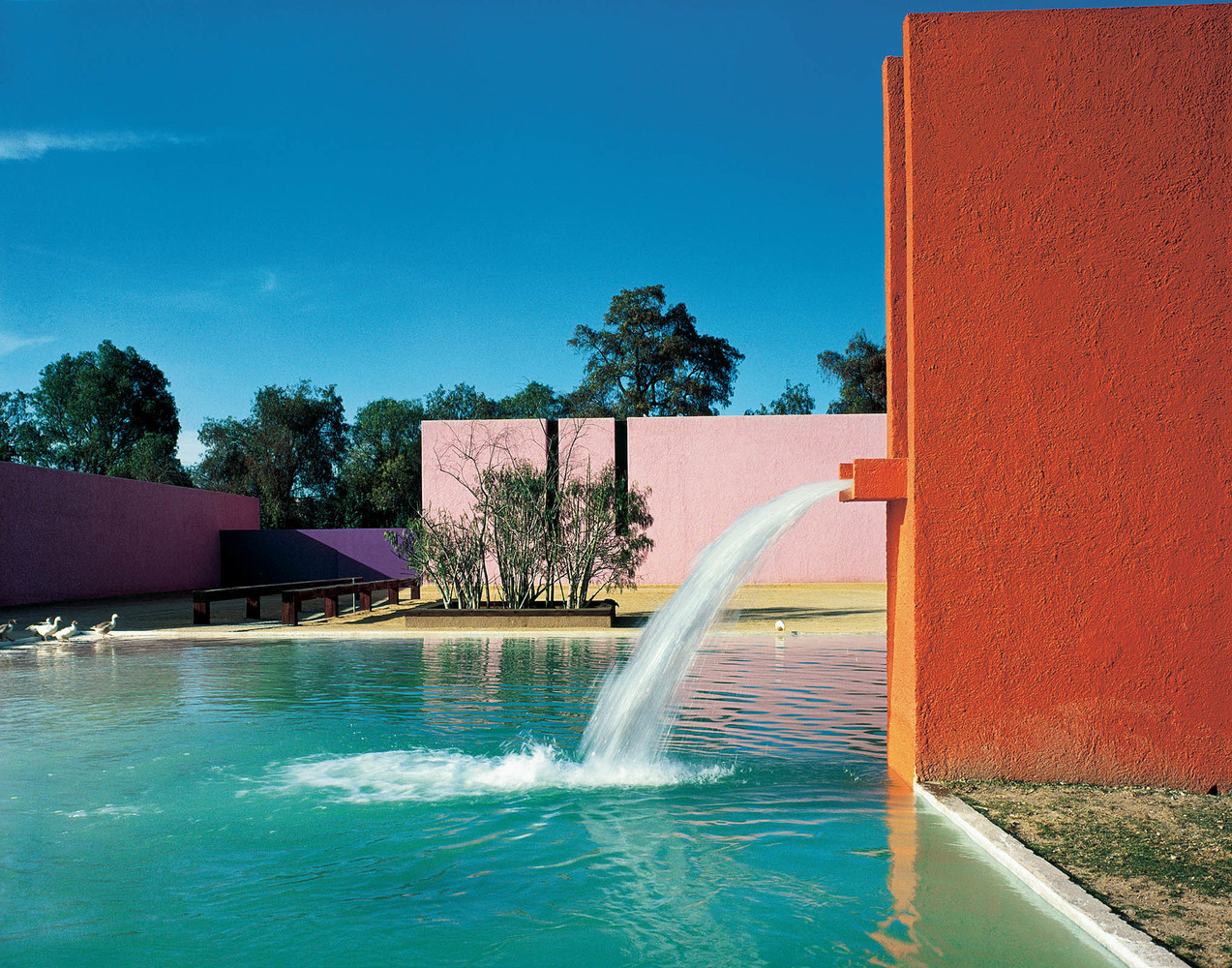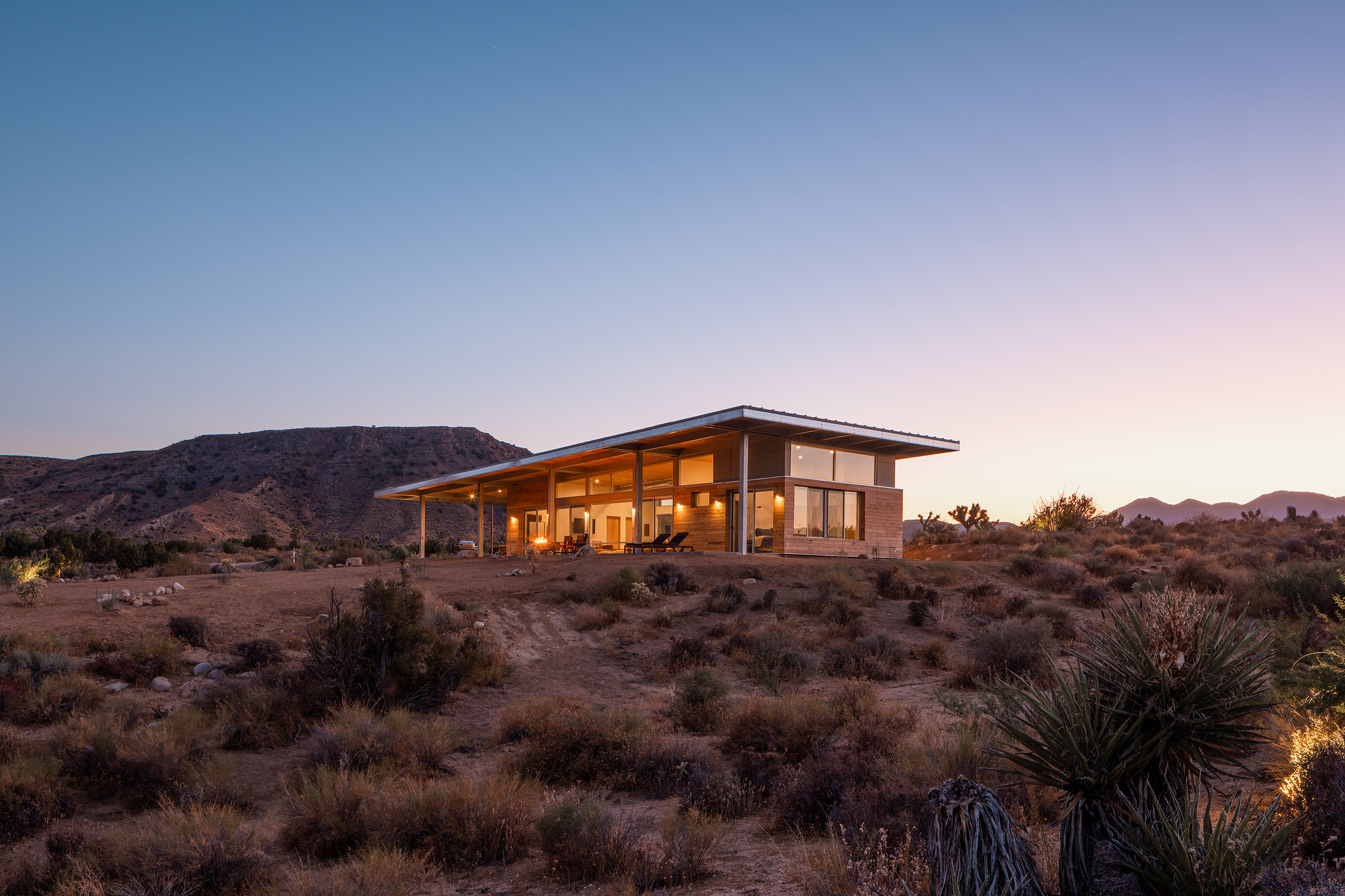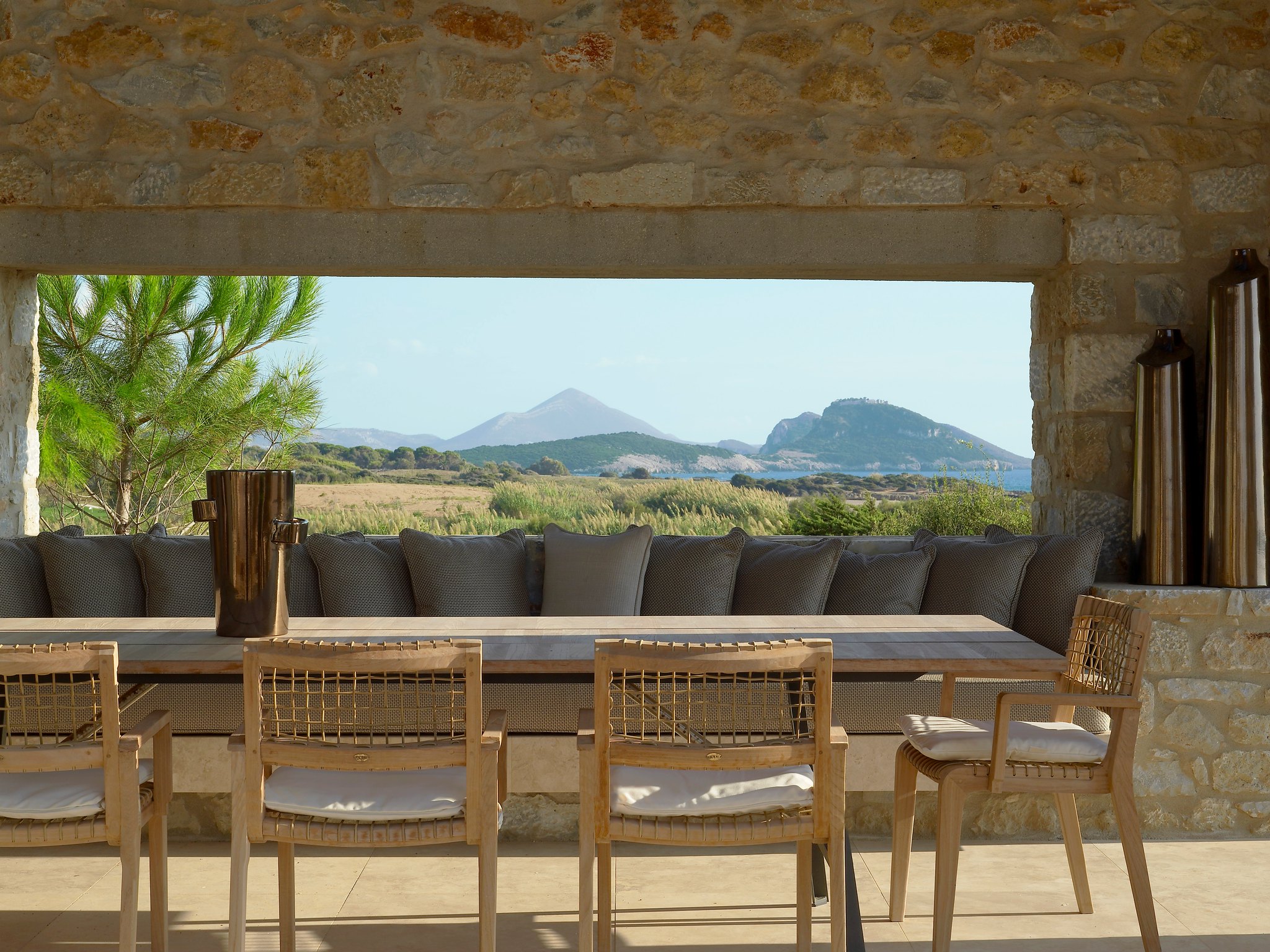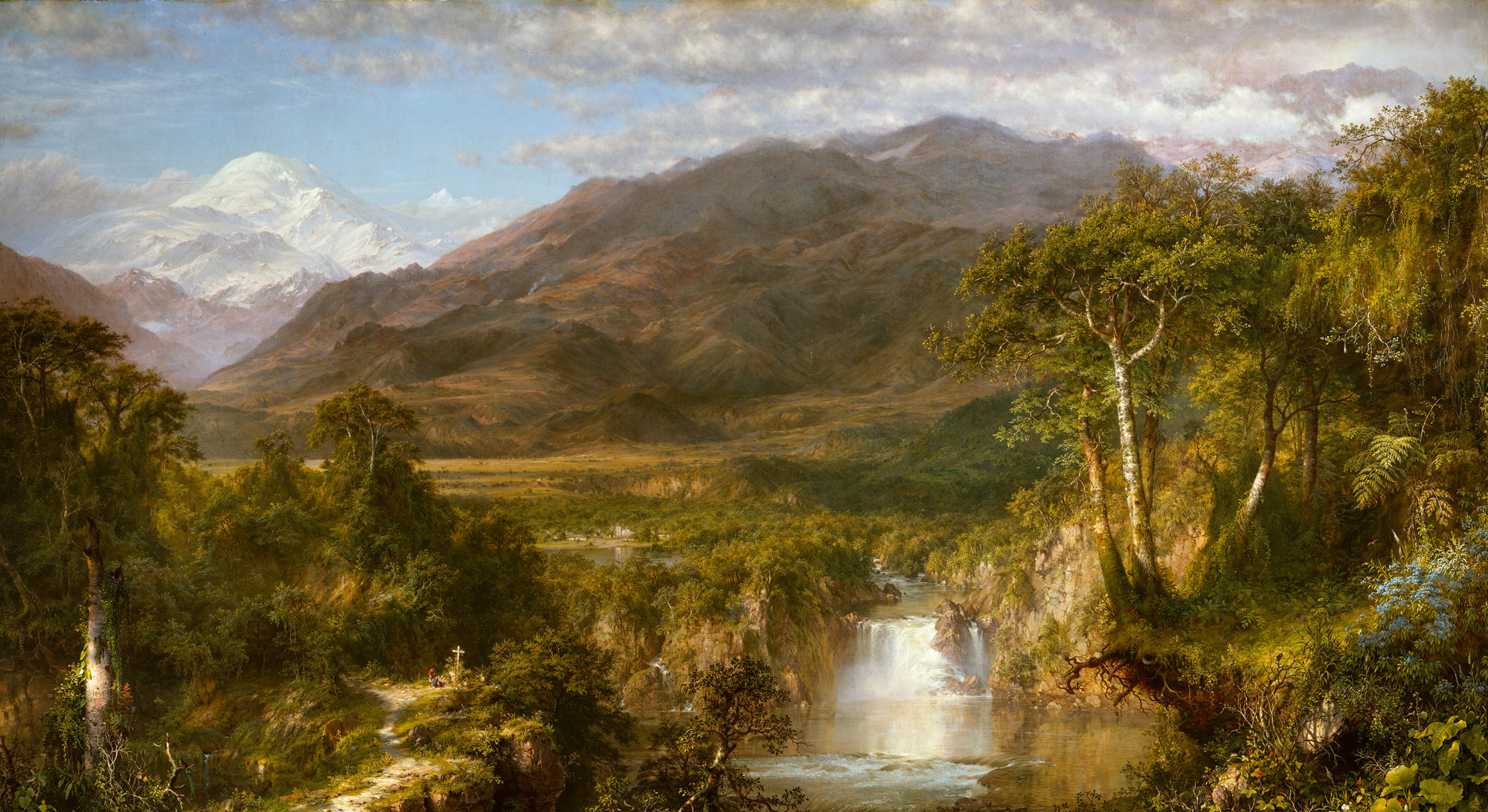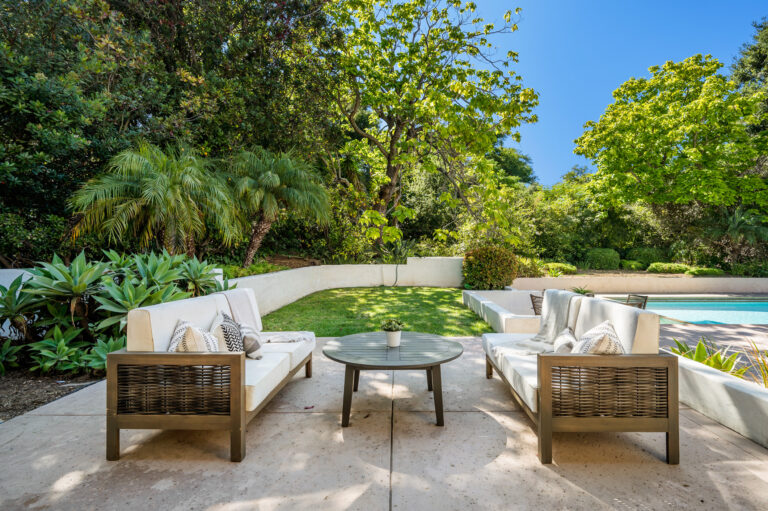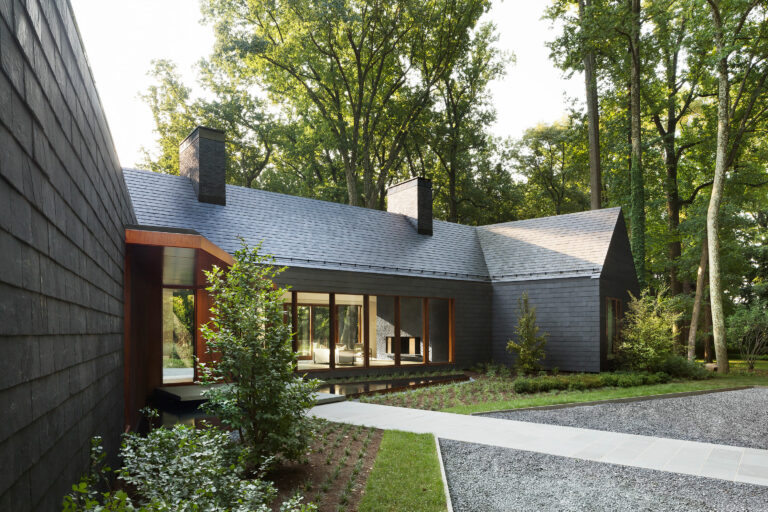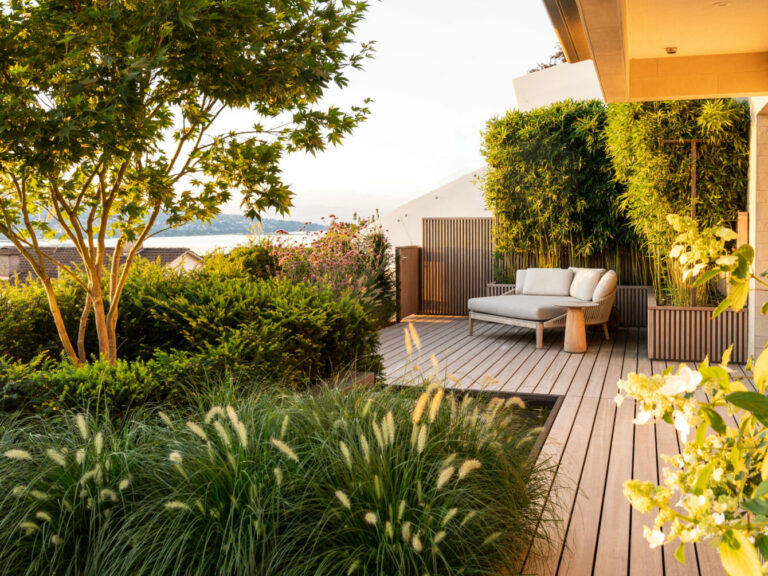Good landscape design follows a set of principles that can be used in all types of designs. Principles for landscape architecture include line, form, texture, color, scale, proportion, order, repetition, unity and rhythm. These principles are the foundation of effective landscape design and help designers and architects develop a set of rules to use on projects. For this reason, understanding each of these principles is essential for creating a cohesive landscape design. In this article, you will learn how to apply these principles to create a beautiful and sustainable landscape.
10. Line

One of the most basic principles of landscape architecture is lines. Lines help create patterns and develop spaces in a design. Lines can also establish dominance and create a coherent theme in a landscape. These lines can be used to separate elements in a landscape design, including planting beds, sidewalks, and fence lines. You can use lines to create the illusion of depth and movement, or to provide a calming effect, as well.
A common term used in architecture to define a simple set of lines is often called motif. Motifs are typically generated through drawing 3 lines that captures a concept and distilling down to a comprehensible idea. These lines are important for creating a harmonious landscape design. Mixed with scale and proportion, lines can create repetition in the landscape for overall composition, so each line should be intentional and distinctive.
Lines are a powerful tool for creating sequences and patterns in a landscape but should be used thoughtfully. Too many lines can have negative effects on the landscape and Ican lead to monotony and confusion, so make sure to use a mixture of elements. This will make the entire design more cohesive and enjoyable. Also, keep in mind the proportion of the elements in the landscape design.
Landscape Architecture Books
9. Form

Form refers to the shape of a space or hardscape feature. Forms come in a variety of shapes, including square, rectangular, elliptical and natural but one project should stick to just one shape or a few, rather than combining all of them. Form plays a pivotal role in creating a balance in landscape design, establishing the foundation for any style. Whether you’re looking for a formal garden, a casual yard, or anything in between, form can make or break the final result for a homeowner.
Form is closely related to line, but it has more general implications. For example, a line creates a logical sequence through a landscape, while form refers to the shape of a space. The same principle applies to groupings of plants according to habit. Groupings of plants according to habit create a change in the look and feel of the landscape. Whether grouped or individually arranged, form is a crucial part of design composition.
Lines create form, which emphasize real and imaginary lines in a landscape. They play a crucial role in small and large spaces. Groupings help draw the viewer’s eye through the landscape and influence its movement on both vertical and horizontal planes. A varied palette and contrast are essential for maintaining visual balance and preventing any tediousness.
The oldest forms of spatial organization can be found in historic gardens and the use of opposite-quality objects is a common form in contemporary landscapes.
8. Texture

Texture is used to define space. It affects perception of distance and scale. For instance, a fine texture will make a space appear larger while a coarse texture will shrink the space. This is because texture is perceived differently depending on the distance from a plant. Similarly, rough textures are more likely to feel softer than smooth ones. In a landscape design, the amount of texture is important to create a pleasing overall effect.
Designing with textures works on both the hardscape and the plants in a landscape, but it is more effective on the latter. This design trick can be used to create a tapering landscape, which will create the impression of distance or distanceless space. Depending on how you use texture, it can also be applied to buildings or other objects in a landscape.
When selecting plants for a landscape, interest in texture is an important element. The foliar expression of texture can be achieved with a variety of plant materials, including annuals, perennials, ground covers, and ornamental grasses. Texture is also present in hardscapes, such as water features, split or crushed stone, and asphalt or concrete. Traditionally, textures were limited to paint, fabric, or wood decking, but today, textures can be found in almost every type of material.
Using contrast in landscape design is a key visual principle and texture brings this concept to life. Contrast in a landscape can make elements seem larger or smaller by placing them side by side. An example of this technique is a painting by David Roberts showing a small figure standing at the foot of a large monument. To add contrast, consider using a mix of different plants, each with a different texture, side by side from one another.
Online Courses in Landscape Design
7. Color

When creating a landscape, one of the principles of good design is to add color without using too many colors or not enough colors. Any over-done or recurring combination of color can create an impression of monotony and can be unsoothing. On the other hand, the right amount of color can give the landscape rhythm, accents, and unity. It can also help direct attention to a particular part of a garden or the focal point or a landscape.
Colors should be carefully considered when planning a landscape. While they are not the most important principle of design, they are an essential element. In addition, using the correct colors can add a certain dimension to the overall landscape. Bright colors advance toward the viewer, while cool colors recede. Natural or neutral colors are best for background and foreground areas.
If you’re designing a garden, you can incorporate colors into the design to make it more interesting. One of the best ways to do this is by incorporating complementary colors. Depending on your personal preferences, complementary colors tend to be the most pleasing to look at. However, it’s best to be careful not to use colors that are overwhelmingly similar to each other. For example, a purple spring-flowering plant will not look good next to a yellow fall-flowering plant.
Three principles of good design that compliment use of color well are repetition, transition and rhythm. Repetition is best used when considering form, texture and color all together. Transition refers to a gradual change, whether it is in color or arrangement. Transitions create a three-dimensional effect in a landscape composition. Rhythm is a sequence of rests and movements. When used correctly, each element of a landscape is a pathway through which the viewer’s eye is drawn. You should always follow these principles as you design your landscape.
Luxury Furniture by Denver Modern
6. Scale
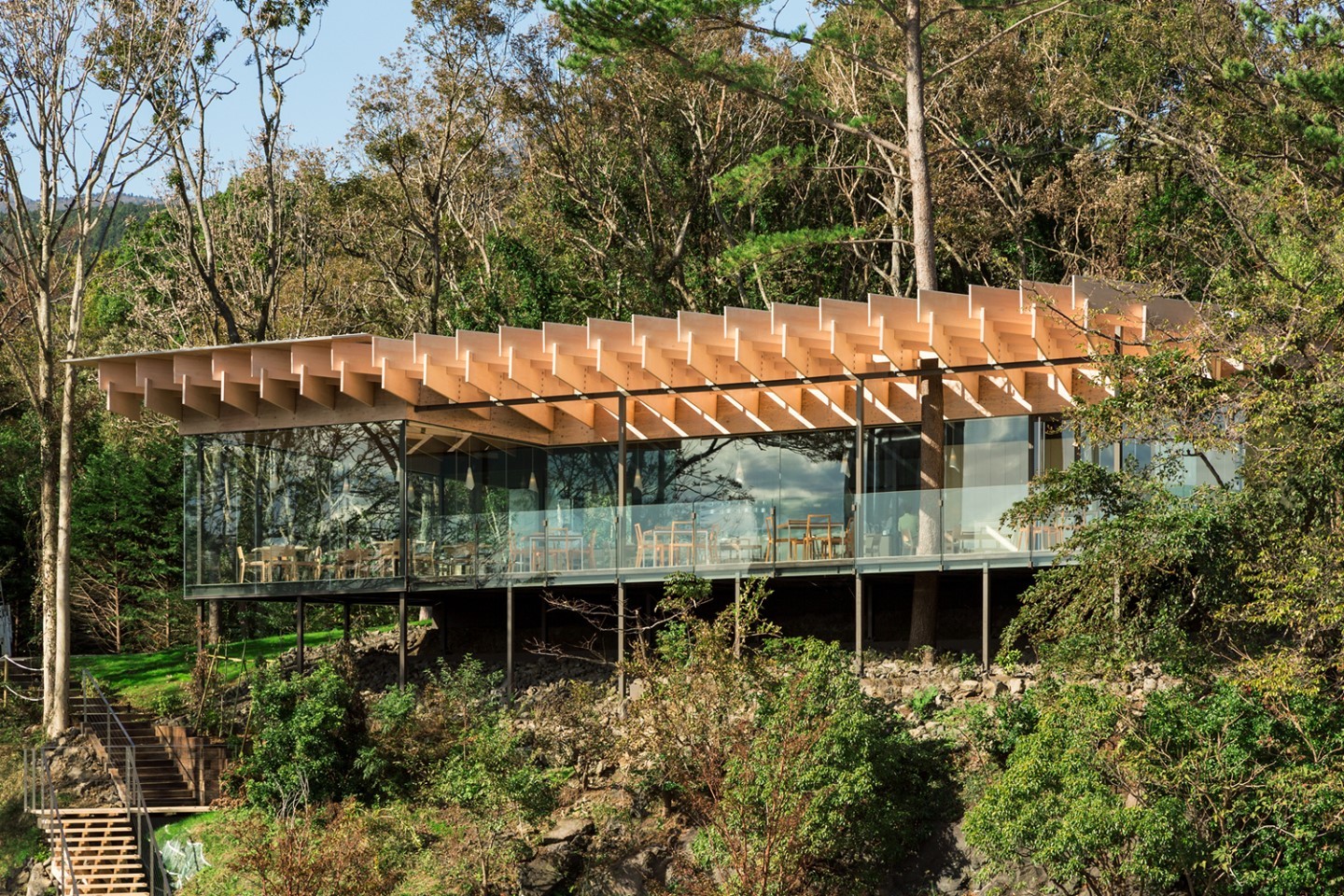
Another principle of landscape design is scale. Ideally, the size of an outdoor space should be proportional to the size of the surrounding structure. There are two types of scale: absolute and relative. Relative scale is used to create a sense of relaxation or peace, while absolute scale is used to induce action. Small, low-scale elements are appropriate for smaller spaces, while large, high-scale elements can overpower a space and cause it to feel smaller.
A general rule of thumb when it comes to scale is using the Golden Ratio, which is based on the Fibonacci sequence. This ratio, 1.618, is considered by many the golden proportion of design as most of nature’s most natural elements are close to this ratio by default.
The scale of landscape design elements is important because the scale can either overwhelm or entice visitors. A large water feature can dominate a small private garden, while a small tree may provide balance to a tall office building. A small swimming pool, on the other hand, would be unnecessary in the middle of a vast lawn. Although, it could add character to an average size backyard.
Landscape Architecture Books
5. Proportion

Proportion refers to the sizing relationship of landscape elements. Proportion can be vertical or horizontal, and can also be special or asymmetrical. Consider the size of the surrounding area. Do not use large pieces of landscape that will take away attention from the rest of the landscape. In addition, make sure that the size of the objects being placed in a landscape are proportional to the size of a home. By following this principle, you can make your landscape look both elegant and functional.
As an example, the symmetrical and asymmetrical balances are used in landscape designs. A symmetrical balance is achieved when two landscape elements are mirror images of one another. An asymmetrical balance is created when the opposite sides of the landscape use different colors, textures, and themes. For example, one side may have one large object while the other side contains a mixture of several smaller objects. These principles work in varying situations.
Simplicity is also an important principle of landscape design. While many landscapes are elaborate, their complexity is unnecessary and often distracts the eye from the overall design. Avoid using too many colors, shapes, curves, and textures to achieve this effect. Simplicity does not necessarily mean boring. In fact, it may have the opposite effect! If you’re trying to make your landscape simple, use the transition principles of landscape design to create a relaxing space.
4. Order

A key element in architecture is order. While the individuality of each building or home is a major factor, architecture also reflects its time and cultural context. Throughout history, architects have applied principles of order to create buildings and homes that reflect their aesthetic vision. While these concepts are universal, it is important to maintain a balance between free creativity and order. Excessive organizational rigidity can lead to boredom and monotony. Hence, designers should always strive to find the right balance between order and creativity.
The principles of modernism include ‘form follows function’ and ‘truth to materials’. In simple terms, form follows function means that a building or a home should be based on its function, not its appearance. Truth to materials means using the best materials, in their natural state. Both these principles were popularized by the Bauhaus movement. These two principles are synonymous with order and simplicity. These principles have become defining traits of modernism in architecture and landscape architecture.
Landscape Designer Tools
-

NOKKO Architectural and Engineering Scale Ruler Set – Professional Measuring Kit for Drafting, Construction – Imperial and Metric Conversion Table Included – Laser-Etched Markings, Anodized Aluminum
$ 29.99 Learn More -

AD Marker The Original Chartpak, Tri-Nib, 100 Assorted Colors in Slot Caddy, 1 Each (AD100)
$ 356.23 Learn More -

Lelix Felt Tip Pens, 30 Black Pens, 0.7mm Medium Point Felt Pens, Felt Tip Markers Pens for Journaling, Writing, Note Taking, Planner, Perfect for Art Office and School Supplies
$ 26.99 Learn More -

Leuchtturm1917 – Medium A5 Hardcover Sketchbook (Lemon) – 112 Pages of 150g/m² Paper
$ 25.95 Learn More
3. Repetition

Repetition in landscape design is a common theme in landscaping. It creates unity and flow in a landscape by repeating similar elements. This can be done by repeating the same plant shape in each planting bed, maintaining the same edging or even sticking to the same pots for plants. Repetition can also be achieved by using similar color schemes and grouping common elements. This way, each area of the landscape will be a cohesive whole.
When used properly, repetition in landscape design can create sequences, patterns and rhythm. The use of the same color, texture or form throughout the landscape design is one of the most effective ways to achieve rhythm and focus. The use of repetition is particularly effective when used in gardens and landscapes, where the repetitive patterns can create a beautiful ribbon of color. For instance, you could repeat the colors of the same plant but with different tones of green, which will create a contrasting color combination to repeat in a pattern.
Repetition is an important principle in landscape design. It lends a sense of unity and flow to any landscape design. When used correctly, repetition can add a sense of flow, bringing a landscape to life and adding a sense of order to a landscape, as well. The same principle is applied to hardscapes and buildings. When applied to a garden, a repeated element can help to create a seamless environment and make the house and landscape appear as one.
2. Unity

To create unity in your landscape design, start by establishing a theme. Consider your favorite plants, seasons, or even history and spirituality, and base the rest of the design on those themes. Incorporate a symmetrical design to tie the whole area together. By following these steps, you’ll have a stunning landscape that will complement your personality and lifestyle.
One of the easiest ways to achieve unity in your landscape design is through repetition. There are many patterns to follow, including short-high-short, small-big-small, and square-round-square. Using repetition allows you to vary your design without looking repetitive. You can also incorporate asymmetrical or symmetrical balance in your design. This will ensure that everything works together harmoniously. And because the design is symmetrical, it will appear more in-unicen to onlookers.
To create a harmonious landscape design, you need to use the principles of unity and variety. Unity in landscape design will give you a sense of overall wholeness. It is an important principle to follow when planning a landscape. It can be achieved through using time-honored design themes and styles. You can use the principles of harmony and unity to achieve an aesthetic landscape design that is appealing and pleasing to the eye. Achieving this balance is not an easy task, but if you follow these guidelines, you’ll end up with a stunning landscape design.
Online Courses in Landscape Design
1. Rhythm
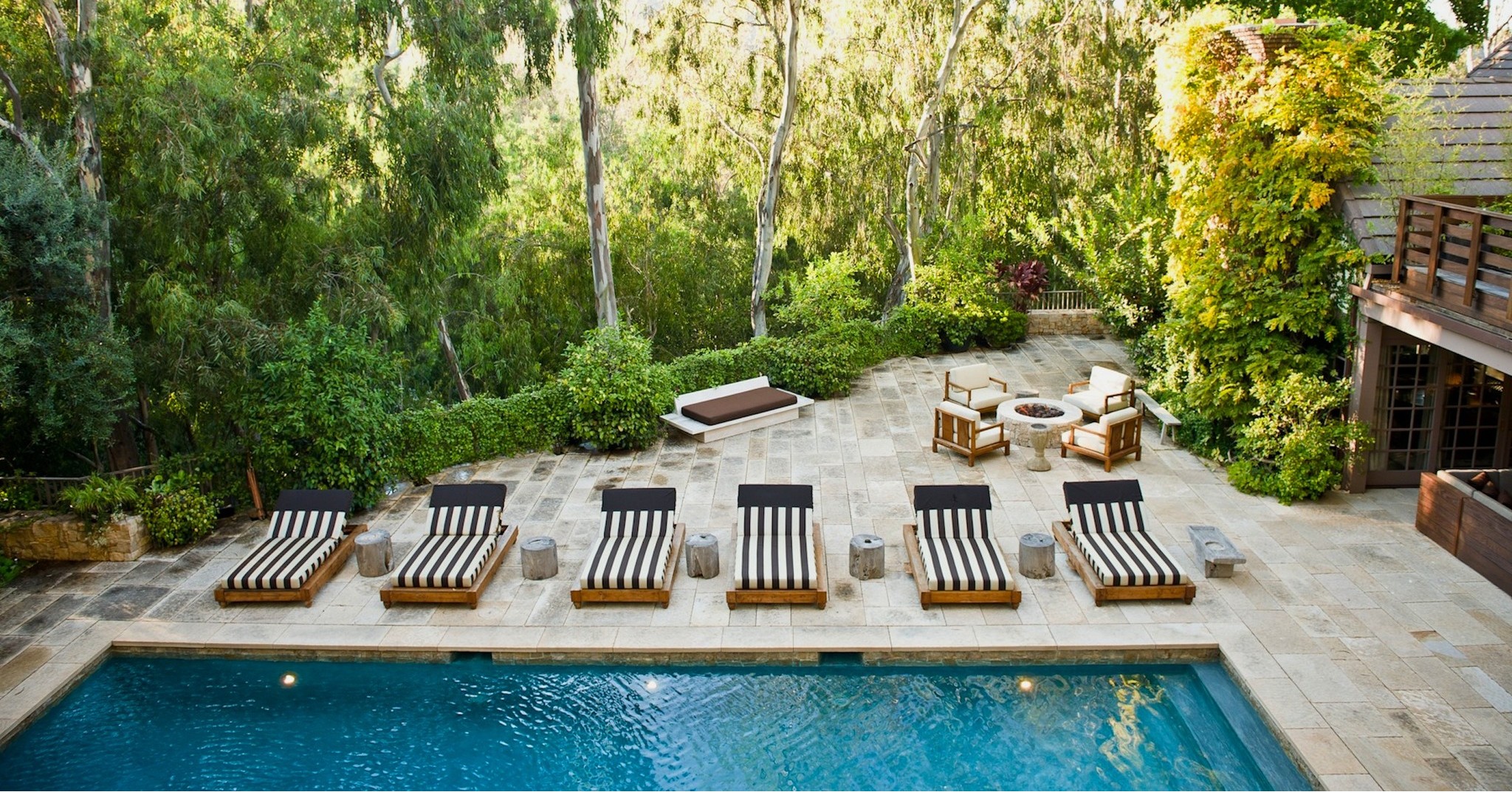
Rhythm is an important concept in design and is the foundation of many successful landscapes. It has been used in the visual arts, architecture, and music industries for centuries, and can be applied to landscapes as well. Rhythm moves the eye throughout space and evokes emotional responses from viewers.
Rhythm is a principle of landscape design that uses repetition to create patterns and sequences. Excess repetition can be boring and detract from harmony and rhythm. Using the same object over in a landscape is a simple way to achieve repetition. You can add more detail and variety later. However, it is important to maintain a balance between contrast and repetition.
Rhythm can be achieved by also using alternating patterns. A good way to start is to look for opposites, such as opposites of size, color, and hard landscape elements. These elements can be large and small, light and dark, or at regular intervals. The aim is to create a recognizable pattern and to draw the viewer’s attention through the landscape. If you want your landscape to feel more rhythmic, use multiple hedges and asymmetrical elements.
Rhythm is a principle of landscape design that is used to create harmony between the landscape and its viewer. It can be used to create movement and emphasize a particular area of the garden. It is one of the most important principles of landscape design and has many uses. It is also a good way to create a mood. The tempo of a landscape is a major component of the overall design, so it is essential to consider rhythm carefully.
